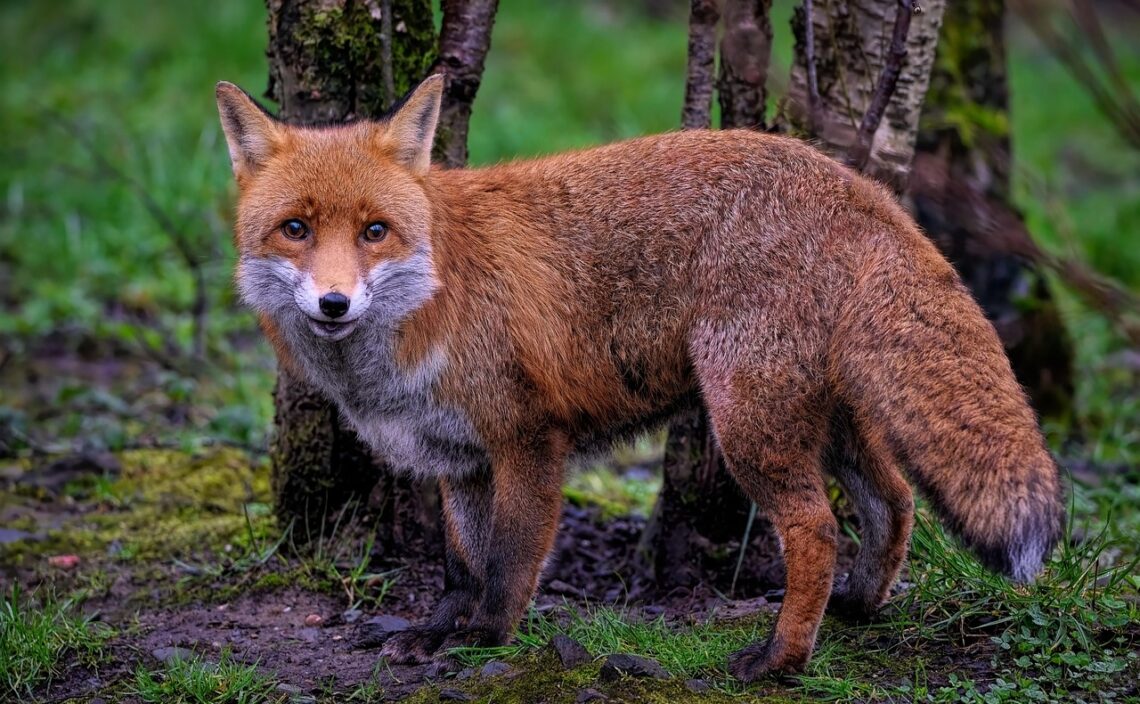
The Best 53 Fascinating Facts About Foxes You Never Knew
Facts About Foxes
Firstly, in this article, an in-depth exploration of facts about foxes will be provided. From the red foxes of North America to the elusive fennec fox of North Africa, a full picture will be painted of how these creatures live, survive, and interact with humans and the environment.
Additionally, guidance will be shared on identifying signs of health issues in foxes, the impact of climate change, and how human development has altered their natural habitat.
Although often misunderstood, foxes are among the most adaptable and widespread wild animals in the world.
Their charm, intelligence, and unique characteristics have sparked curiosity across cultures and continents.
Found from the arctic tundra to rural areas and even major cities, these animals have become an essential part of global ecosystems.
With over 30 recognized species of foxes, each comes with its own remarkable traits, making the world of foxes incredibly diverse and intriguing.
The Basics: What You Should Know About Foxes
Understanding the Fox Family
Foxes belong to the Canidae family, the same group that includes wolves, dogs, and coyotes. However, they form a distinct group known as “true foxes,” which mainly belong to the Vulpes genus.
Facts About Foxes, Key Characteristics:
- Pointed ears and snouts
- Bushy tails (sometimes called a “fox’s tail”)
- Vertical pupils that adjust well in different light conditions
- Short legs and agile bodies
- Color variations that depend on species and geography
Although solitary by nature, foxes often maintain small social structures, such as a family unit or small family groups, especially during mating season.
Different Fox Species and Their Traits
Red Foxes: The Most Common Fox
Indeed, red foxes (Vulpes vulpes) are the most common fox species and can be found across the northern hemisphere, including North America, Europe, and parts of Asia. Their iconic red fur, white-tipped tail, and black legs make them easy to recognize.
Interesting Facts About Red Foxes:
- They adapt well to urban areas and are often seen near garbage cans, golf courses, and even schools.
- They use their sharp ears for detecting small mammals or even a watch ticking from over 100 feet away.
- A study published in Animal Behaviour found that red foxes can use the earth’s magnetic field to hunt more effectively. (Source: C. B. Phillips et al., 2011)
Furthermore, red foxes are known to store extra food in hidden caches, a behavior referred to as “caching.” This ensures survival during times when available food becomes scarce.
Read this article The Best 17 Facts About Red Fox: Secrets of Vulpes vulpes when you have a moment. It’s related to what we’ve been discussing.
Arctic Foxes: Survivors of the Cold

Despite extreme temperatures, arctic foxes thrive in the arctic tundra and arctic circle, thanks to their dense fur and fat reserves that help them regulate body temperature.
Facts About Foxes, Adaptations to the Cold:
- Their fur changes color with the seasons—white in winter and brown or gray in summer.
- Shorter ears and limbs help reduce heat loss.
- They sometimes follow a polar bear to scavenge scraps.
Moreover, their dens—often passed down through generations—are complex and well-hidden in the snow-covered landscape.
Unique Species of Foxes Around the World
Swift Foxes and Their Natural Range
Located primarily in the central America and North America regions, swift foxes are among the smallest members of the fox species. Known for their speed and agility, these foxes prefer open prairies and grasslands, where visibility is high and escape routes are easily accessible.
Additional Traits:
- Typically weigh around 5 pounds
- Have a black-tipped tail and pale yellowish fur
- Often rest during the day in underground dens to avoid predators
Interestingly, swift foxes have been the focus of multiple conservation efforts, especially due to their decline caused by habitat loss and trapping seasons. In some areas, reintroduction programs have been successful in reviving their fox populations.
Gray Foxes and Climbing Behavior
Meanwhile, gray foxes—sometimes referred to as grey foxes—are notable for a unique trait uncommon among canids: their ability to climb trees. Unlike other species of foxes, gray foxes possess retractable claws, allowing them to scale tree trunks in search of food or to escape danger.
Furthermore, they are usually found in forested regions and rural areas, where cover is abundant. Despite this, sightings have also been reported in urban areas where human presence does not threaten them significantly.
Desert-Dwelling Fennec Fox
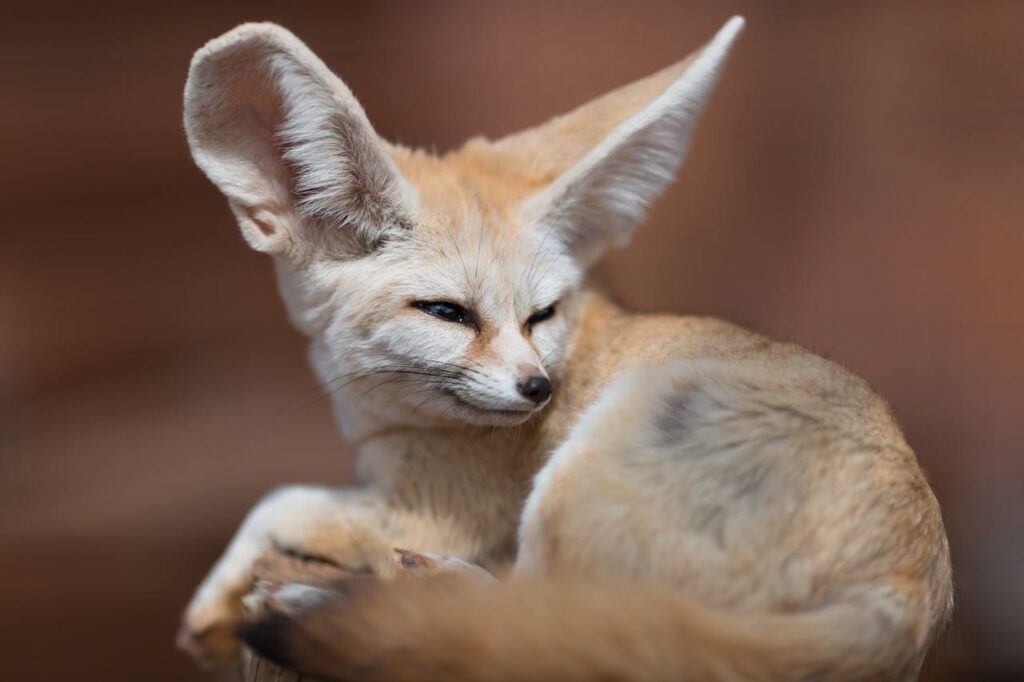
Another captivating species is the fennec fox, native to the Sahara Desert and other parts of North Africa. These tiny foxes are best known for their disproportionately large ears, which serve multiple purposes.
Key Adaptations:
- Radiate excess body heat through the ears
- Excellent hearing helps detect small rodents and insects under the sand
- Sandy-colored fur provides camouflage in desert conditions
In addition, fennec foxes are well-adapted to survive without free-standing water. Instead, hydration is often acquired through the food they eat, such as fruits, insects, and small animals.
Social Behavior and Family Life
Are Foxes Solitary or Social?
Typically, foxes are known as solitary animals, preferring to hunt and forage alone. However, during mating season and while raising fox pups, a stronger sense of community is observed. A family unit may consist of a breeding pair and their young, sometimes aided by older siblings in a behavior known as alloparenting.
Notable Points:
- Mating usually occurs in winter
- The gestation period lasts about 50 to 55 days
- Fox pups are born blind and deaf, opening their eyes around day 10
Although bonding within the small family groups is strong, adult foxes will typically separate once the pups reach maturity. Over time, young foxes disperse to establish territories of their own, often covering dozens of square miles in search of a new natural habitat.
Fox Communication and Senses
How Do Foxes Communicate?
Communication among foxes is carried out using a combination of vocalizations, body language, and scent marking. A wide variety of sounds can be produced, including howls, screeches, and high-pitched barks.
Moreover, foxes possess excellent hearing, allowing them to detect the slightest rustle of a small gray fox moving through underbrush or the subtle shift of small mammals underground.
Physical Traits That Make Foxes Unique
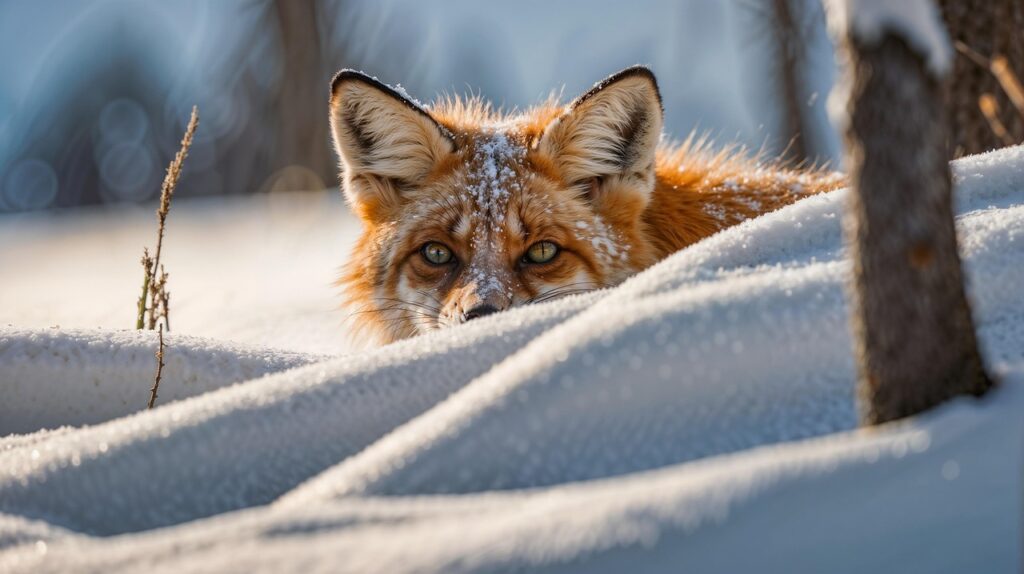
The Iconic Fox’s Tail
Undoubtedly, one of the most recognizable features of a fox is its bushy tail, often referred to as a “brush.” The fox’s tail serves several purposes beyond appearance.
Facts About Foxes, Functional Benefits:
- Provides balance while running or making sharp turns
- Acts as a blanket during cold weather
- Used for communication through body language
Frequently, different species are identified by the color variations of their tails. For instance, red foxes possess a white-tipped tail, while gray foxes may exhibit a black-tipped tail. Interestingly, cross foxes—a variant of the red fox—have black streaks running down their backs and tails, forming a cross-like pattern.
Ears, Eyes, and Other Adaptations
Additionally, foxes have developed sharp senses that aid in their survival. Their large ears not only enhance hearing but also help in temperature regulation, especially in arid environments like the Sahara Desert, where species like the fennec fox live.
Just as notably, their vertical pupils allow excellent night vision. Combined with a powerful sense of smell and acute hearing, foxes are considered efficient predators of small animals such as voles, rabbits, and insects.
Moreover, recent studies have indicated that some foxes can hear low-frequency sounds associated with prey beneath snow, aiding them during the harsh winters of the arctic tundra.
Where Do Foxes Live?
Habitats Across the Globe
Foxes are found in diverse environments, from the arctic circle to northern Africa, and from open areas in the countryside to major cities filled with human activity.
Facts About Foxes, Common Habitats Include:
- Forests and woodlands
- Grasslands and deserts
- Mountains and tundras
- Urban areas, including parks and golf courses
Importantly, many species such as red foxes have adjusted well to human development. In major cities, they’re often seen rummaging through garbage cans or preying on pests like rats, sometimes even being mistaken for domestic pets.
Despite this, some populations suffer from contagious diseases such as sarcoptic mange and the most common strain of rabies—raccoon rabies. Therefore, reporting suspicious behavior to a local animal control officer is encouraged.
Fox Diet: What Do They Eat?
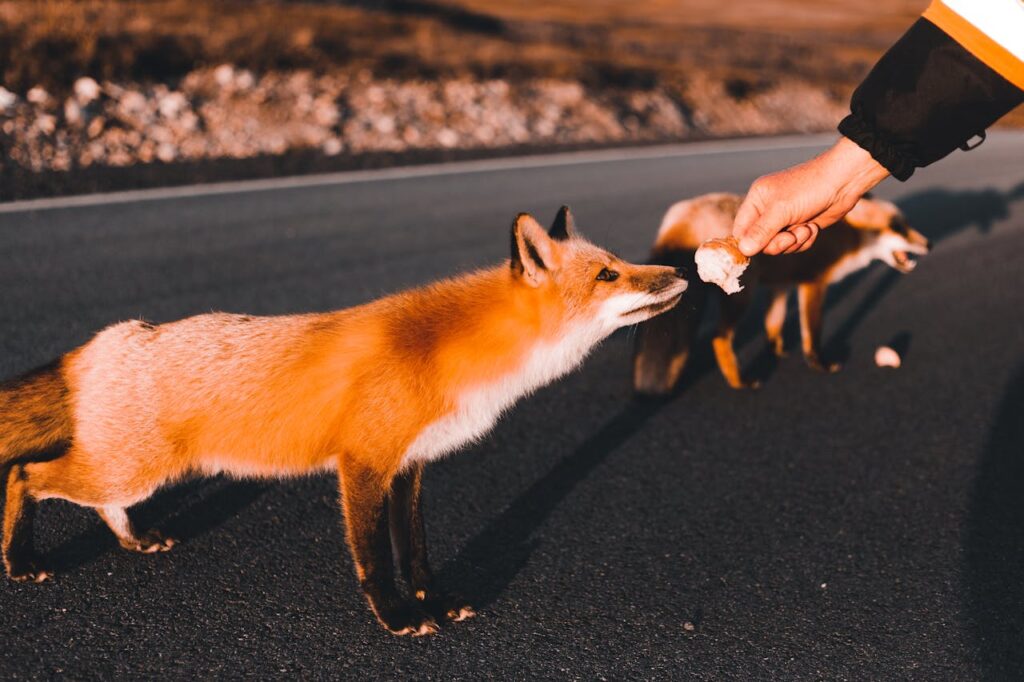
Opportunistic Feeders
Because foxes are opportunistic omnivores, their diets vary widely depending on available food and the region in which they live.
Facts About Foxes, Typical Fox Diet:
- Small rodents, rabbits, birds
- Insects, earthworms, and amphibians
- Fruits, berries, and seeds
- Human food waste and even pet food
Furthermore, certain species like the crab-eating fox have specialized diets. Found in South America, this fox has adapted to eating crustaceans, eggs, and other water-edge food sources.
Notably, sunflower seeds and vegetables are also eaten when meat is scarce. These dietary adaptations allow foxes to thrive in even the most resource-limited environments.
Foxes and Human Interaction

How Do Foxes Respond to Human Presence?
As human populations expand into wild habitats, encounters with foxes have become increasingly common. In many places, foxes have adjusted remarkably well to human presence. Rather than retreating from suburban or city life, foxes often embrace the opportunity to scavenge for pet food, small prey, and discarded scraps near garbage cans.
In addition, foxes living in urban areas have shown modified behavior compared to their rural counterparts. They may become more active during daylight hours, display less fear of people, and raise families closer to homes and buildings.
Are Foxes Dangerous to Humans?
Generally, foxes are not considered dangerous to humans. They are shy, solitary animals that typically avoid confrontation. However, foxes may become problematic if they:
- Carry contagious diseases like sarcoptic mange or raccoon rabies
- Scavenge near homes, increasing the chance of bites or scratches
- Show aggression or unusual boldness, possibly indicating the presence of rabies
Consequently, residents are advised to avoid feeding foxes or attempting to tame them. Instead, those concerned about fox behavior should contact a local animal control officer for guidance.
Reproduction and Lifecycle
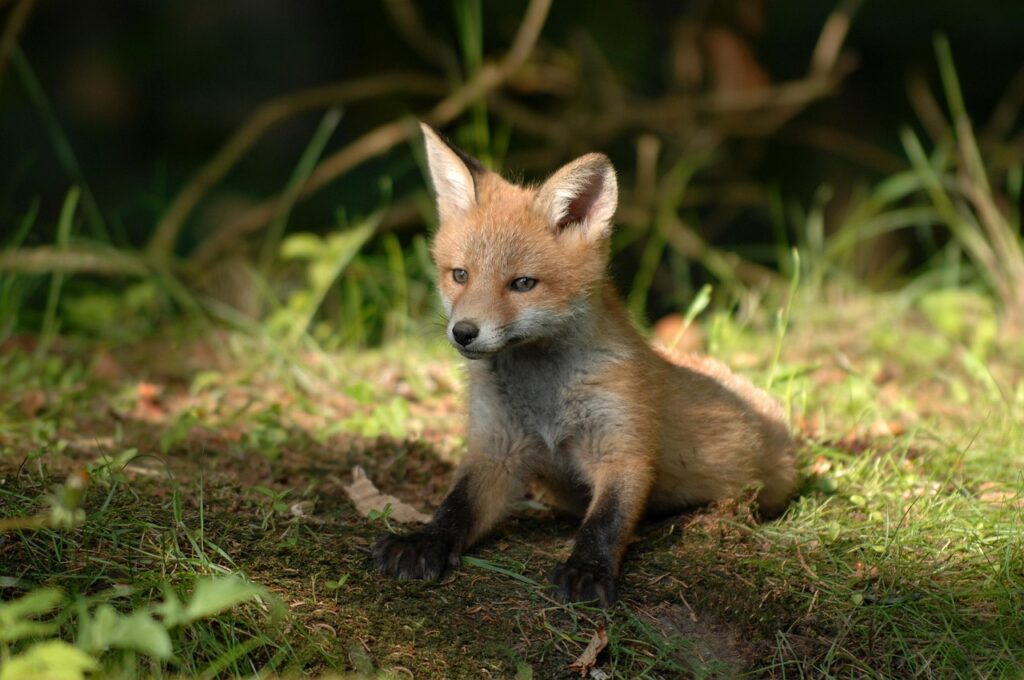
Mating and Raising Fox Pups
The reproductive cycle of foxes is both brief and highly structured. Female foxes, or vixens, go into estrus once a year, typically in winter. A short gestation period of about 50 days results in a litter of 2 to 12 fox pups, depending on the species.
Facts About Foxes, Life Stages:
- Fox pups are born blind and rely entirely on their mother
- Around 4-5 weeks, pups begin to explore outside the den
- By 3-4 months, they begin hunting with their parents
- After 6 months, they often leave to find their own territory
Notably, dens are usually dug into hillsides or beneath structures in rural areas, providing safety from apex predators like coyotes, mountain lions, and birds of prey.
Foxes and Climate Change
Are Fox Populations Affected by Climate Change?
Yes, climate change has begun to influence both the distribution and behavior of certain fox species, particularly in the arctic tundra. As temperatures rise, red foxes have begun expanding their range into territories once dominated by arctic foxes, leading to direct competition for resources.
Furthermore, changes in snowfall, vegetation, and prey availability have altered the hunting and denning habits of many foxes. According to biologists in the deep wildlife division, the migration of larger predators into colder climates has also affected fox populations significantly.
In summary, climate change not only threatens delicate ecosystems but also places pressure on species that were once isolated in their natural habitat.
Fox Behavior: How Do They Survive?
Are Foxes Pack Animals?
Unlike wolves or coyotes, foxes are not true pack animals. Instead, they are fiercely independent and survive using stealth, intelligence, and adaptability.
However, during breeding season and while raising young, they may form small family groups that operate cooperatively. The female fox tends to the pups while the male hunts and protects the underground den.
Fascinating Facts About Foxes: A Quick Summary
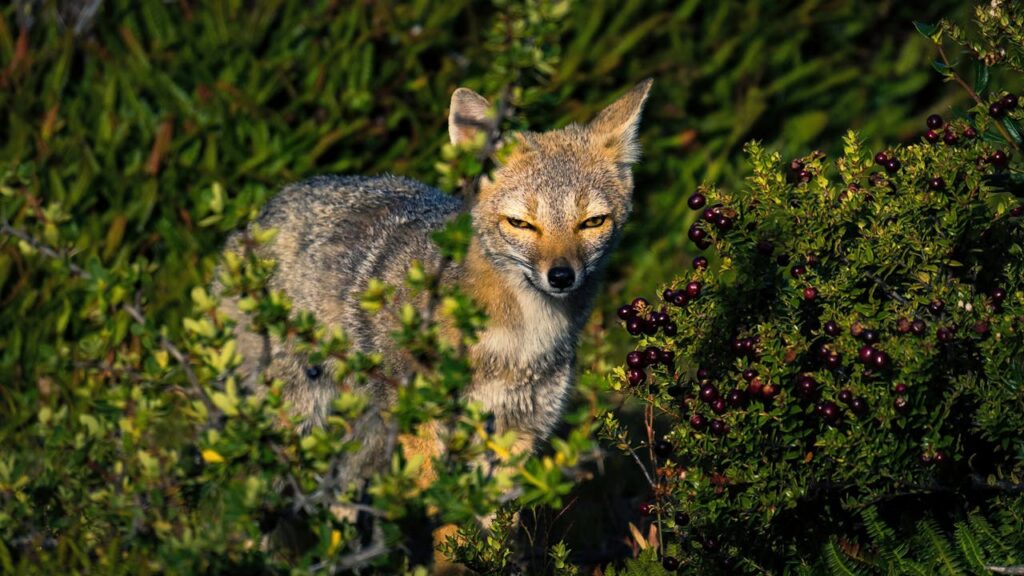
If you’re looking for quick facts about foxes to satisfy your curiosity or to feature in a search snippet, here’s a concise list:
- Foxes belong to the Canidae family, related to dogs and wolves
- Over 30 recognized species of foxes exist worldwide
- Red foxes are the most common fox, adaptable to urban and wild environments
- Foxes use their bushy tails for balance, warmth, and communication
- Their diets range from small rodents and insects to fruits and sunflower seeds
- Foxes communicate through high-pitched barks, scent markings, and body signals
- Arctic foxes thrive in freezing temperatures using fur and fat for insulation
- Foxes are born blind and raised in a family unit until maturity
- Some foxes, like the gray fox, can climb trees using retractable claws
- Climate change threatens cold-weather species like the arctic fox
- The crab-eating fox specializes in diets near water bodies
- Foxes can detect prey under snow using the earth’s magnetic field
- Foxes have been spotted even in major cities and on golf courses
Facts About Foxes: Frequently Asked Questions (FAQs)
What are the most common types of foxes?
The red fox is the most common fox globally, found throughout the northern hemisphere, including North America, Europe, and Asia.
Can foxes be kept as pets?
While some people attempt to domesticate foxes, they remain wild animals by nature. Most regions prohibit owning them without special permits due to concerns over contagious diseases and their unpredictable behavior.
What do foxes eat in the wild?
They consume a wide variety of food, including small animals, birds, insects, fruits, and even human waste. Some foxes, like the kit fox, hunt in desert environments, while others, such as the arctic fox, scavenge leftovers from polar bears.
How big are adult foxes?
Adult foxes typically weigh between 5 and 15 pounds. The largest foxes, like the red fox, can reach up to 35 inches in body length, excluding their fluffy tail.
How long do foxes live?
In the wild, most foxes live 3 to 6 years. However, in captivity or protected environments, they may live up to 10 years.
What is a group of foxes called?
A group of foxes is often called a skulk or leash. However, foxes rarely form large groups unless during breeding season or when food is abundant.
Facts About Foxes Conclusion: Why Understanding Foxes Matters

Foxes continue to fascinate people across cultures and generations, and it’s not hard to see why. With their cunning behavior, stunning appearance, and impressive adaptability, they symbolize both mystery and resilience. By learning key facts about foxes, we gain a better understanding of the delicate balance between wildlife and human influence.
Moreover, increasing awareness about their habits, threats, and ecological roles is crucial—especially in the face of climate change, habitat destruction, and misinformation. Whether it’s the bushy-tailed red foxes of North America, the snow-coated arctic foxes of the arctic circle, or the heat-tolerant fennec fox of North Africa, each species offers insight into the complexity of nature.
As human beings, our role in protecting their natural habitat, reporting health concerns to a local animal control officer, and supporting conservation efforts will determine how well these incredible animals thrive in the future.
Take a look at this article Best Secrets About Snowy Owls: The Arctic’s Elite Predator when you get a chance? I think it might be of interest to you!




